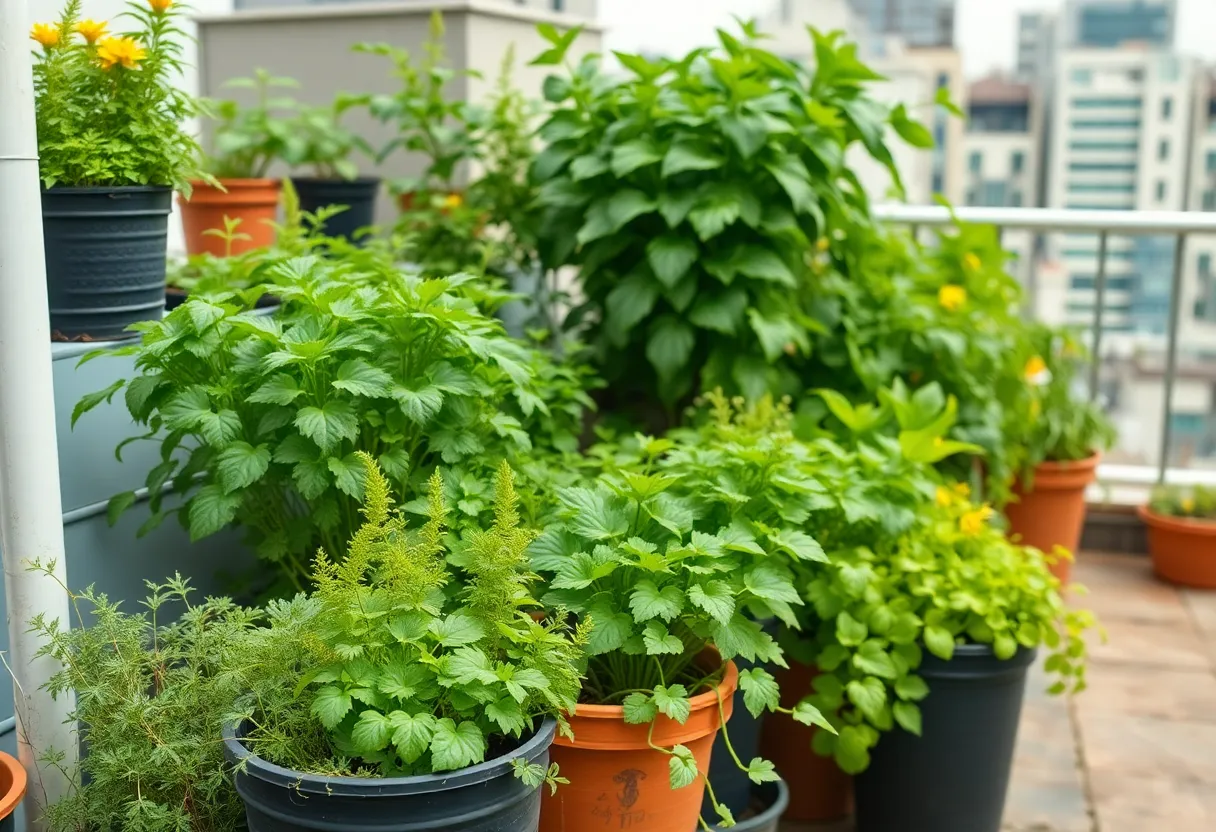How to Successfully Install a Roof Overhead Garden: A DIY Guide for Homeowners
Transforming an unused rooftop space into a productive garden is not only an aesthetic upgrade but also a sustainable choice for urban dwellers. A well-planned roof overhead garden can support biodiversity and help reduce your energy bills, all while providing fresh herbs and vegetables. This guide outlines essential steps for homeowners looking to install their own rooftop garden successfully.
Assessing Your Rooftop
Structural Integrity
Before you begin, it is crucial to assess the rooftop’s structural integrity. Consult a professional engineer to determine if your roof can support the weight of soil, plants, and water. Most rooftops can support 40-60 pounds per square foot, but this varies.
Access and Sunlight
Analyze access points and environmental conditions. Ensure that your rooftop is easily accessible for maintenance and that it receives adequate sunlight, ideally 6-8 hours a day, which is essential for plant growth.
Designing Your Roof Garden
Choosing a Layout
Consider the overall design and layout of your garden. You could opt for raised beds, container gardens, or a combination of both. Raised beds can provide better drainage and easier planting options, while containers are more versatile and can be rearranged as needed.
Selecting Plants
Choose plants that are suitable for rooftop gardening. Some options include:
- Herbs: Basil, thyme, and parsley
- Vegetables: Tomatoes, lettuce, and peppers
- Flowers: Marigolds and nasturtiums for beauty and pest deterrence
Consider the climate and microclimate on the roof when selecting plants. This ensures successful growth and reduces the risk of plant failure.
Preparing for Installation
Gathering Materials
You’ll need the following materials for your rooftop garden installation:
- Containers or raised bed kits
- Quality potting soil or organic soil mix
- Plants or seeds of your choice
- Drip irrigation system or watering can
- Fertilizers and gardening tools
Installing a Waterproof Membrane
A waterproof membrane is essential for protecting your roof structure. Ensure you install a high-quality membrane before placing any soil or containers. Consider using products designed to allow roots to grow while providing water resistance.
Building the Garden
Creating Raised Beds
If you opt for raised beds, follow these steps:
- Choose a level area on the rooftop.
- Assemble the raised bed kit according to the manufacturer’s instructions.
- Secure the beds to prevent movement.
- Fill with your chosen soil mix.
Arranging Containers
If using containers, group them based on plant height. Taller plants should be at the back or center, while trailing plants can hang over the edges. Ensure adequate drainage holes in each container to prevent waterlogging.
Irrigation and Maintenance
Establishing an Irrigation System
Installing a drip irrigation system can facilitate efficient watering. It minimizes water waste while addressing the unique needs of rooftop plants. Set a timer to ensure consistent watering schedules.
Routine Maintenance
Regular maintenance includes:
- Watering plants adequately, considering factors like wind exposure and sun.
- Applying organic fertilizers to enhance soil health.
- Pruning and harvesting as necessary to encourage growth.
Enhancing Your Rooftop Garden
Adding Features
Consider including pathways, seating, or decorative elements to enhance your rooftop garden’s aesthetics. These features not only make the space more inviting but can also improve functionality.
Utilizing Vertical Space
Vertical garden systems can maximize your space. Use trellises or wall planters for climbing plants, enhancing your garden’s appeal while providing fresh produce.
Benefits of a Roof Overhead Garden
Environmental Impact
Rooftop gardens promote biodiversity and improve air quality. Native plants can attract beneficial insects and pollinators, contributing to the local ecosystem.
Energy Savings
Plants provide natural insulation, helping regulate the temperature of the building below. This can lead to significant energy savings throughout the year.
Food Security
A rooftop garden can supplement your food supply. Growing your own fruits, herbs, and vegetables reduces reliance on store-bought produce.
Conclusion
Installing a roof overhead garden can be a rewarding endeavor, provided it’s approached with careful planning. From assessing structural integrity to selecting the right plants, every step is crucial for success. With the right design and maintenance, your rooftop can become a vibrant and productive garden space that adds beauty and functionality to your home.





 Mays Contracting
Mays Contracting


